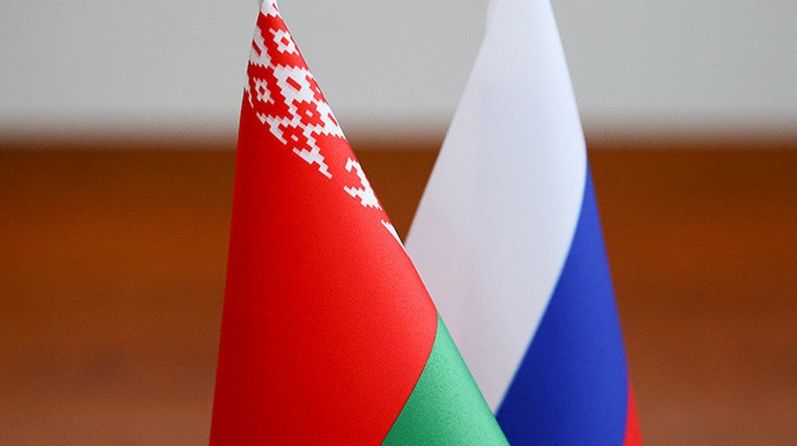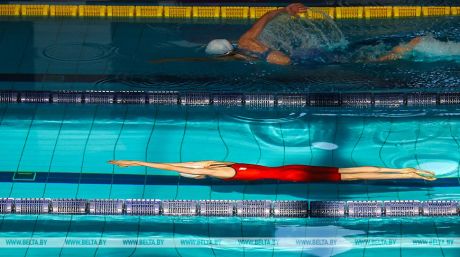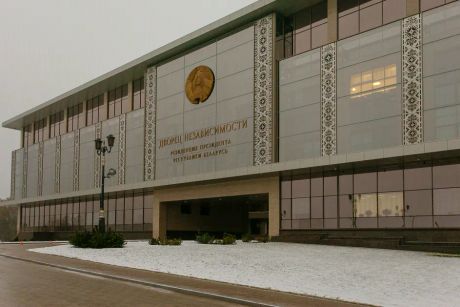Belarus, Russia working to create constellation of small satellites
17:25, 10 April

photo: BELTA
Using a “swarm” of small satellites has a number of advantages, BelTA learned from Sergei Zolotoi, Director of the Geoinformation Systems enterprise of the National Academy of Sciences of Belarus, during a press conference timed to World Aviation and Cosmonautics Day.
- Share on Facebook
- Share on VK
- Share on Twitter
Using a “swarm” of small satellites has a number of advantages, BelTA learned from Sergei Zolotoi, Director of the Geoinformation Systems enterprise of the National Academy of Sciences of Belarus, during a press conference timed to World Aviation and Cosmonautics Day.
Sergei Zolotoi said: “Since the functionality of light and inexpensive satellites is limited, the principles of using them for remote sensing are slightly different [in comparison with the usage of heavy satellites]. Small satellites are used to create a group, which members specialize in individual functions. As a ‘swarm’ the combination of satellites can handle the tasks comparable to those a heavy satellite can accomplish.”
According to the source, Belarus and Russia are busy implementing the Union State program Kompleks-SG. A group of small spacecraft is being created within the framework of this program. “Two satellites are being made by Russia. Belarus is making another one. They weigh 10kg. Another satellite is bigger and weighs about 50kg. This group will handle various tasks, including those relating to the remote sensing of Earth,” he noted.
Sergei Zolotoi remarked that the camera the 50kg satellite will have will enable picture resolutions of about 2 meters. This camera is essentially the same as the one used by the currently operating Belarusian satellite. “But while the currently operating satellite weighs about 500kg, the new one will weigh 50kg. In other words, we see substantial changes in weight parameters and the cost of these satellites,” the official concluded.






